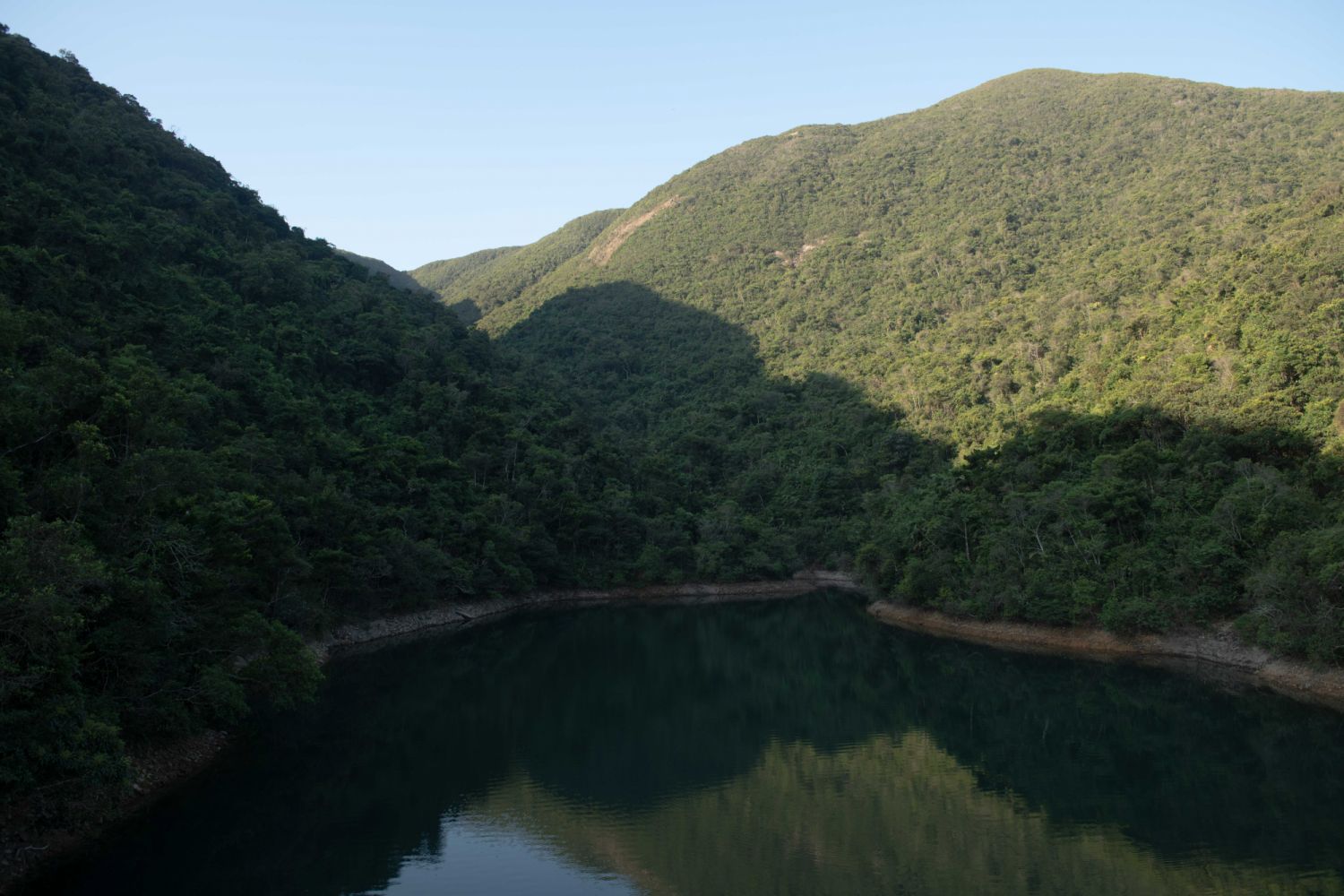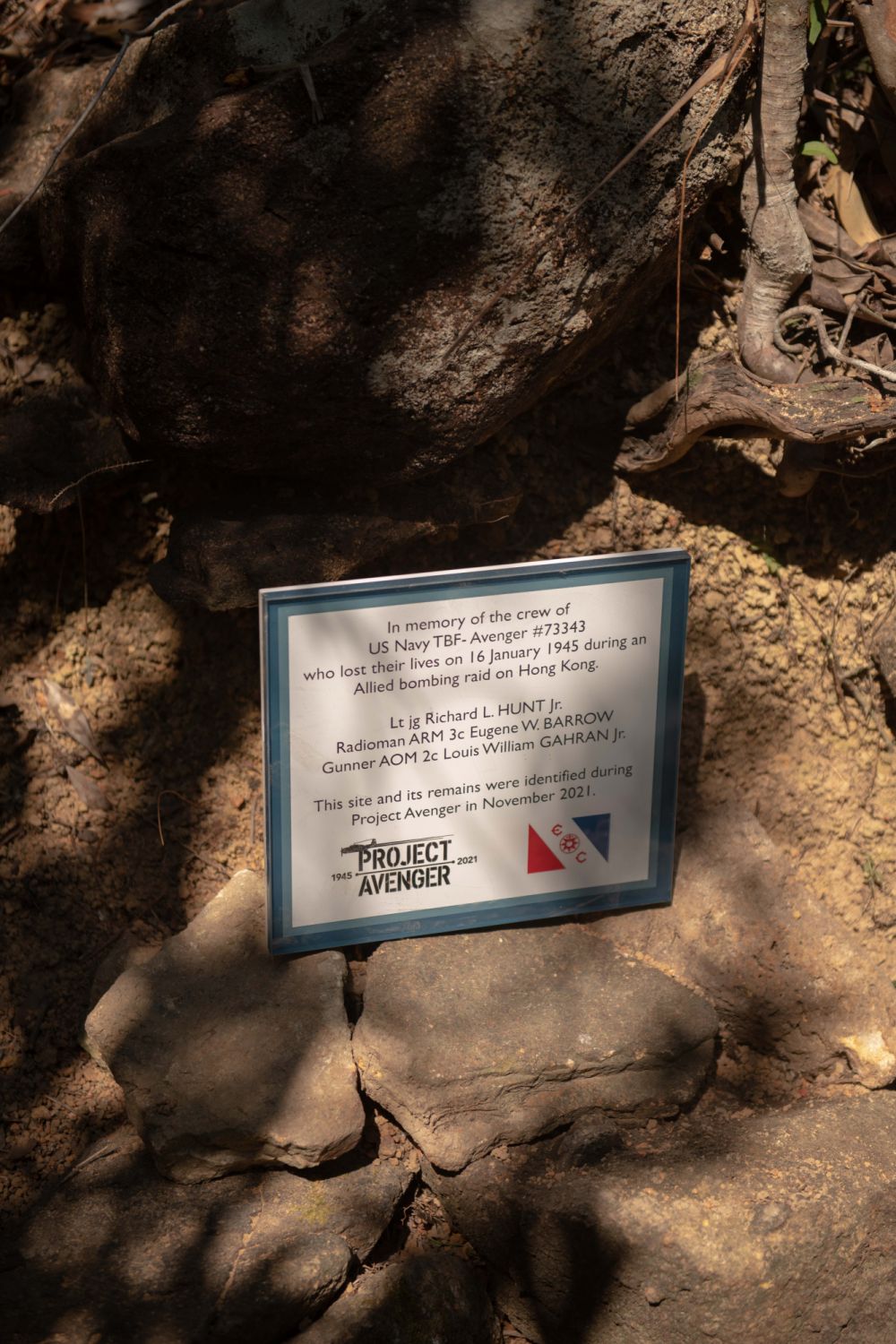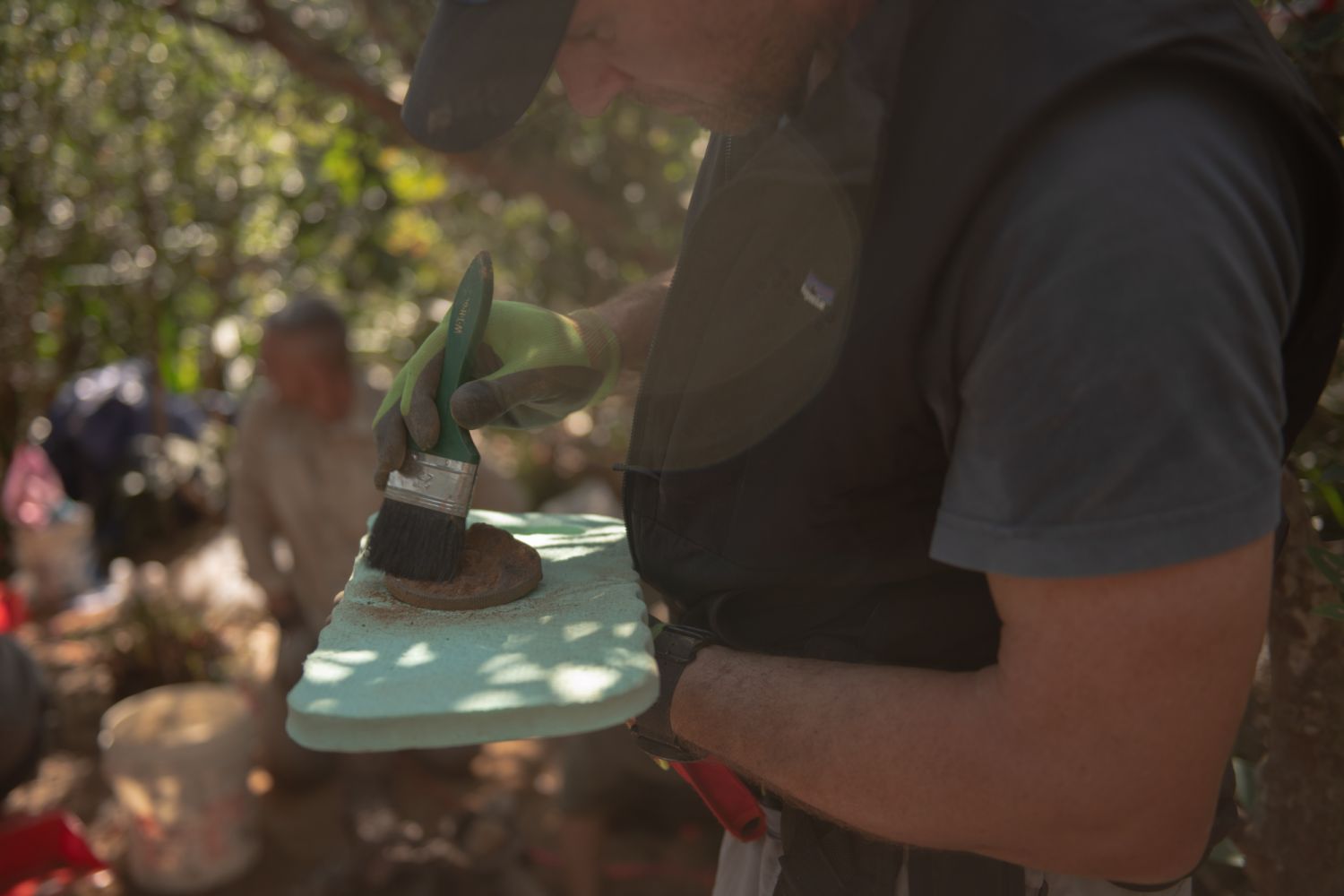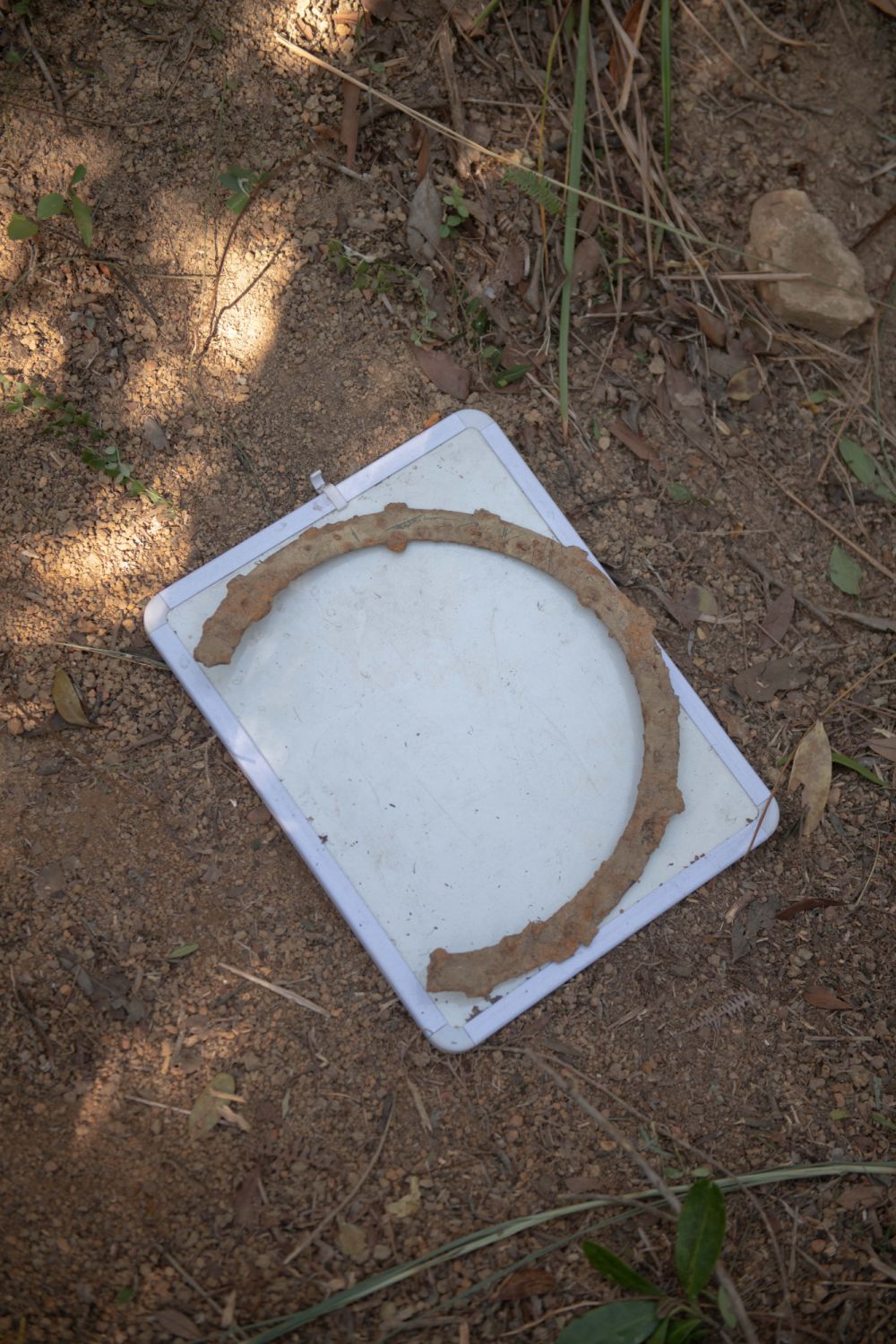Almost 80 years after it was shot down in Hong Kong during the Second World War, the recently unearthed US Avenger warplane sheds light on a lesser-known chapter of the traumatising era.
On January 16, 1945, just three months after the success of the Battle of Leyte Gulf, three US Navy airmen were deployed to the USS Hancock––an aircraft carrier––to participate in Operation Gratitude. The mission: to bomb the South China coast and destroy Japan’s sea lanes in the region.

While the exercise was a strategic success, it came with substantial human loss. “The pilots were just getting shot at from the minute they pulled out from the carriers,” says Craig Mitchell, a local amateur historian. “If you read the survivors’ accounts, even the most experienced pilots from the navy said that Hong Kong was the one place they did not want to come back to after the war and that it was not worth their losses.” The US Navy records state that this was one of the heaviest days of loss during the war: 17 warplanes were shot down on that day alone. Lieutenant Richard L Hunt Jr, radioman Eugene W Barrow and gunner Louis William Gahran Jr were on one of them; it was shot at, then it collided with another warplane in mid-air, and crashed in Tai Tam. The trio never made it home: Barrow and Gahran are believed to have died at the site, while Hunt was captured and became a prisoner of war, dying in Japan a few months later.









